1. A Lone Outcast

The Twilight Zone (1959–1964) gave us 156 episodes of eerie brilliance. Aliens, time travel, and moral parables filled living rooms across America. But one episode, “The Encounter” (1964), vanished soon after airing. It became the only banned story in the entire series. That fact alone gave it a haunted legacy. Fans who rewatched the show noticed its absence, making it a legend all its own. Unlike the others, “The Encounter” wasn’t forgotten by accident. It was erased on purpose, turning one half-hour of television into one of the strangest mysteries in classic TV history.
2. WWII Wounds Still Fresh
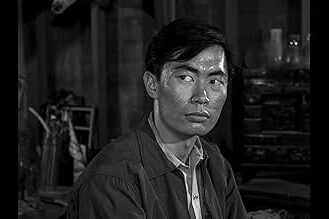
Only twenty years had passed since World War II, and the pain was still alive for millions. “The Encounter” centered on a Japanese American man and a bitter veteran who had fought against Japan. The setup was meant to explore guilt and prejudice, but it landed differently for viewers who still carried their own scars. Many saw it as reopening a wound that hadn’t healed. In 1964, such a story wasn’t entertainment but a painful reminder of loss and betrayal. For some, it felt less like a script and more like reliving a ghost they’d tried to forget.
3. A Racist Myth on Screen
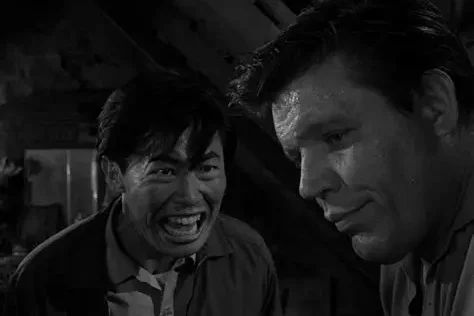
“The Encounter” made a serious mistake by suggesting that the Japanese-American character’s father helped betray Pearl Harbor. That idea echoed a dangerous wartime myth that had fueled real-life suspicion and hatred. Instead of challenging stereotypes, the episode accidentally reinforced them. For many, this wasn’t just poor writing; it was painful. The Twilight Zone had often been celebrated for empathy, but this time, it stumbled into prejudice. What should have been a lesson in understanding turned into something divisive. The fallout proved that even good intentions can hurt when they draw from the wrong story.
4. Internment Shadows
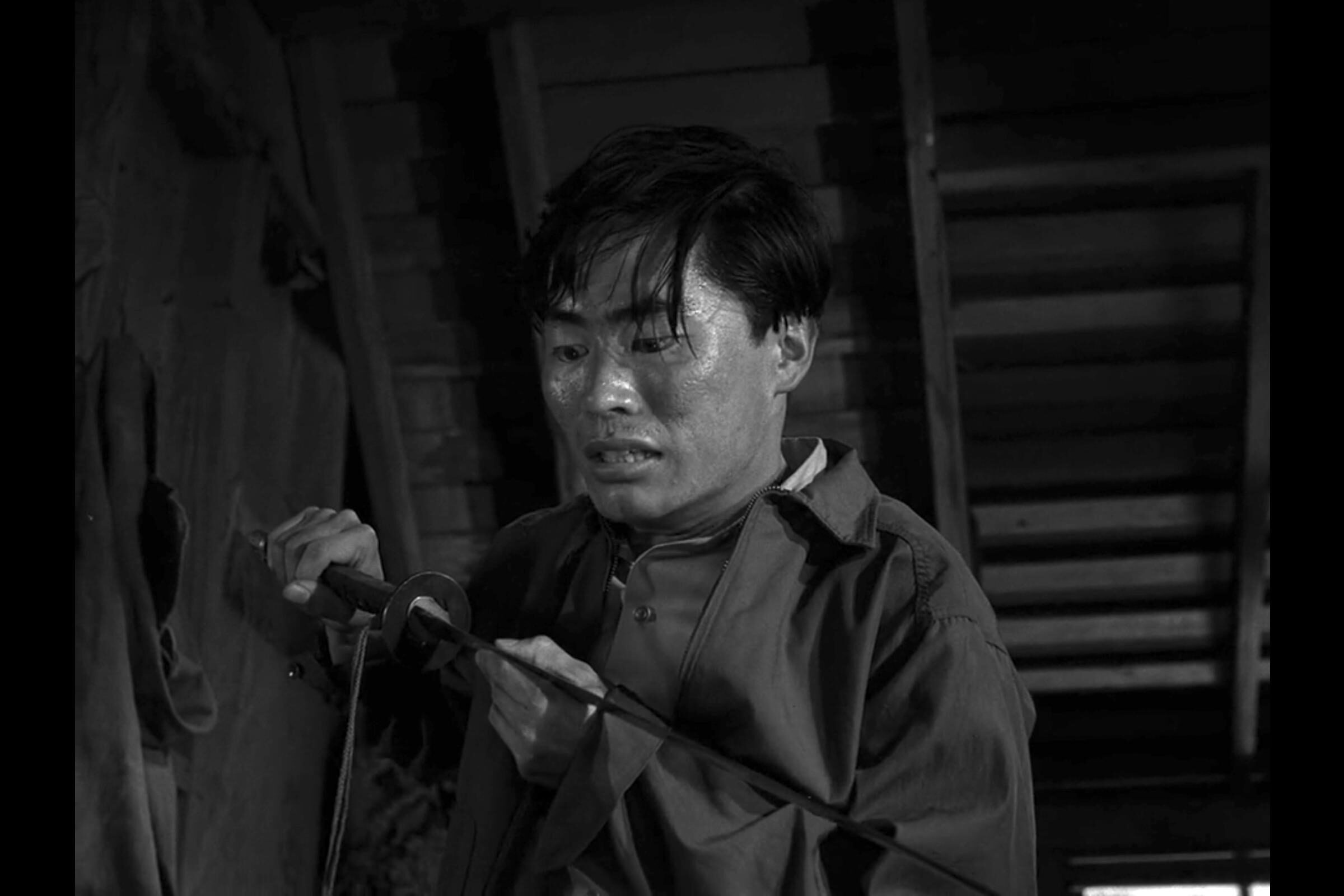
At the time, America was still grappling with the memory of Japanese-American internment camps. Families were still rebuilding, and the subject remained raw. “The Encounter” seemed to justify mistrust rather than question it. That misunderstanding made the episode deeply uncomfortable to watch. George Takei, who lived in a camp as a child, later said the role troubled him. What could have been an honest conversation about forgiveness became a mirror of the fears that built those fences in the first place. The episode showed how easily fiction can repeat the mistakes of history instead of healing them.
5. CBS’s Quiet Panic
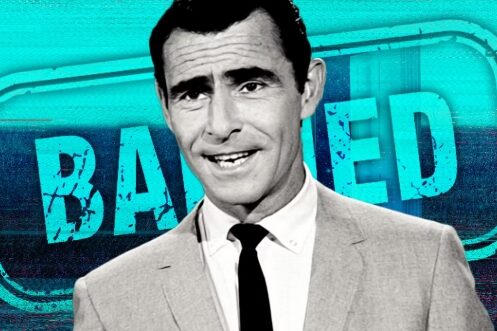
When “The Encounter” aired in 1964, CBS reacted faster than it ever had before. After that single broadcast, the network quietly locked the episode away. There was no press release or scandal, just silence. Unlike every other Twilight Zone story, it was excluded from reruns and syndication. For decades, fans didn’t even know why. The network feared controversy more than curiosity. By burying it, CBS hoped to erase the discomfort it caused. But that act of censorship gave it power, turning “The Encounter” into something forbidden that people would spend generations wanting to understand.
6. Syndication Silence
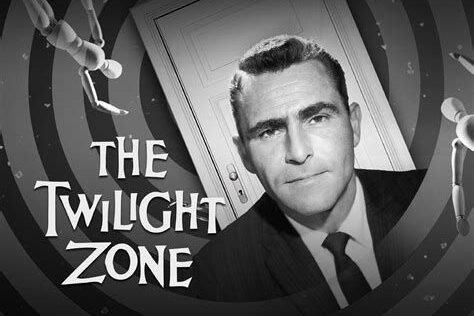
Every Twilight Zone episode found a second life through reruns, marathons, and endless late-night airings. Except one. “The Encounter” simply vanished from television schedules. Fans began to notice the missing number and traded bootleg recordings to find it. Its disappearance made it seem cursed, even though the truth was simpler. Networks avoided replaying something that might offend their audience. In doing so, they unintentionally created mystery around it. When something is hidden that completely, it stops being just an episode and starts becoming legend. “The Encounter” became a ghost story told by television itself.
7. Cold War Paranoia
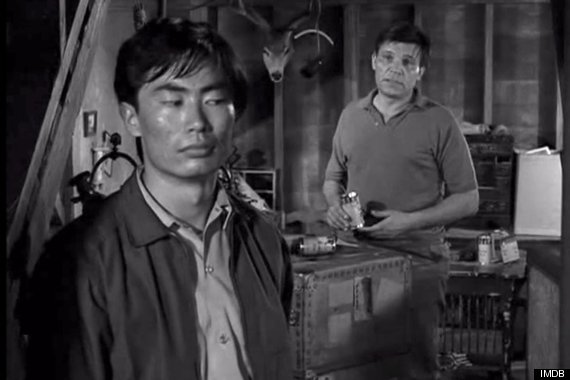
In the 1960s, America was already on edge. The Cold War had people questioning loyalty and fearing enemies within. “The Encounter” played directly into that tension. Its story of distrust between two men reflected the same suspicion that dominated the headlines. Viewers didn’t see it as fiction about reconciliation but as a reflection of their own anxieties. Instead of encouraging understanding, it deepened fear. That was the wrong tone at the wrong time. The Twilight Zone often explored paranoia thoughtfully, but here, it felt too close to home for audiences who were already uneasy.
8. Critics Condemned the Message

Critics who usually praised Rod Serling’s work didn’t hold back this time. Many said the episode failed to make its point clear, instead spreading harmful stereotypes. Some described it as “mean-spirited” and “unnecessary.” Others argued that it abandoned The Twilight Zone’s trademark empathy. The public reaction was swift and uneasy. This wasn’t just another strange tale; it felt cruel. Even those who loved dark television found it difficult to defend. What was intended as psychological tension came off as prejudice, and the critics made sure it would be remembered for the wrong reasons.
9. George Takei’s Pain

George Takei, who played the young Japanese-American in “The Encounter,” later admitted the experience haunted him. Having lived in internment camps as a child, he said the role forced him to relive memories he wished he could forget. He also worried that viewers would believe the false stereotype portrayed in the story. For Takei, it was a lesson about how representation can shape understanding. Though the role helped launch his early career, it left emotional scars. Looking back, he called it a moment when the story failed the very people it tried to portray.
10. Too Bleak an Ending

Most Twilight Zone episodes ended with a twist or a lesson, but this one closed with despair. Both men die in the attic, one by suicide and the other by the sword. In 1964, that was shocking for network television. There was no redemption, no message of hope, just tragedy. CBS executives feared the ending was too dark for mainstream audiences. Viewers tuned in for eerie lessons about humanity, not grim fatalism. The network’s discomfort wasn’t about horror; it was about hopelessness. “The Encounter” simply crossed a line that most shows never approached.
11. Veterans in the Audience
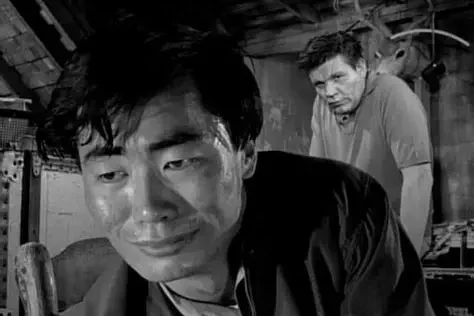
CBS also worried about its viewers who had fought in the war. Many veterans made up the loyal audience base, and they could easily see themselves in Neville Brand’s broken soldier. Watching him spiral into guilt and madness felt uncomfortable. The network feared it would seem disrespectful to the men who had served. At a time when patriotism ran high, showing a veteran in that state was risky. “The Encounter” wasn’t meant to dishonor anyone, but the timing made it feel that way. Networks back then avoided offending veterans at almost any cost.
12. Rod Serling’s Frustration
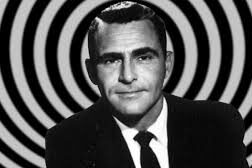
Rod Serling built The Twilight Zone as a platform for moral storytelling. But censorship and sponsor interference often limited what he could say. Although he didn’t write “The Encounter,” it carried his show’s name, and the backlash reflected on him. Serling had fought for years to tell honest stories about race and war, but this one went too far even for the network. He later expressed disappointment in how such ideas were handled. The experience showed that even creative freedom had its boundaries, especially when America’s cultural wounds were still bleeding underneath.
13. Suicide Taboo
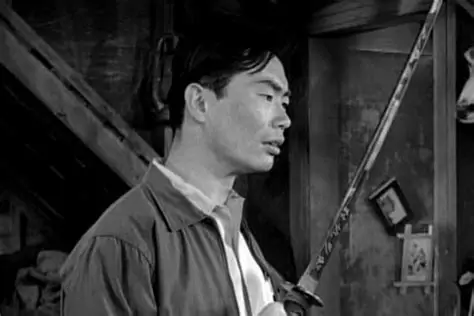
Television in the 1960s avoided direct depictions of suicide. The subject was seen as too disturbing and morally dangerous for general audiences. Yet “The Encounter” ended with a clear implication of it. Even without showing the act directly, it was unmistakable. The network saw that as breaking an unwritten rule. While other Twilight Zone episodes hinted at tragedy through metaphor, this one showed it plainly. That kind of realism was rare for its time. CBS knew it couldn’t defend it under broadcast standards, and so, the episode quietly disappeared from every rerun lineup.
14. Violence in a Small Space
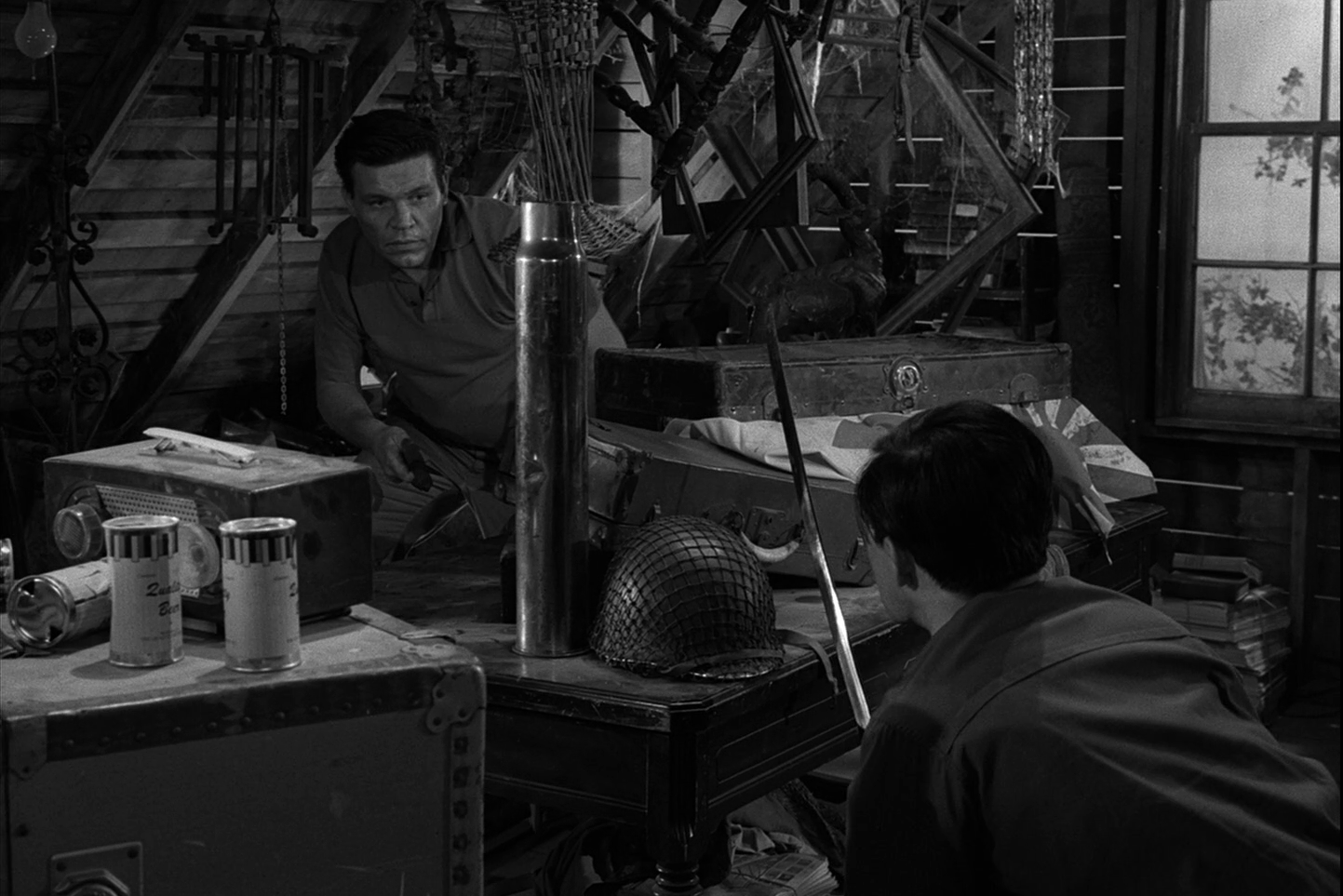
The entire story takes place in one room, an attic filled with heat and tension. Two men trapped together, both consumed by guilt. That small setting made their confrontation feel painfully real. As tempers rose, words turned into violence. It wasn’t the type of fantasy fight viewers expected from The Twilight Zone. The confined space and emotional intensity made it uncomfortable to watch. For 1960s television, that kind of close-up brutality was unsettling. Without wide sets or effects to soften it, the violence felt too intimate, turning the episode into something claustrophobic and grim.
15. Race Always a Flashpoint
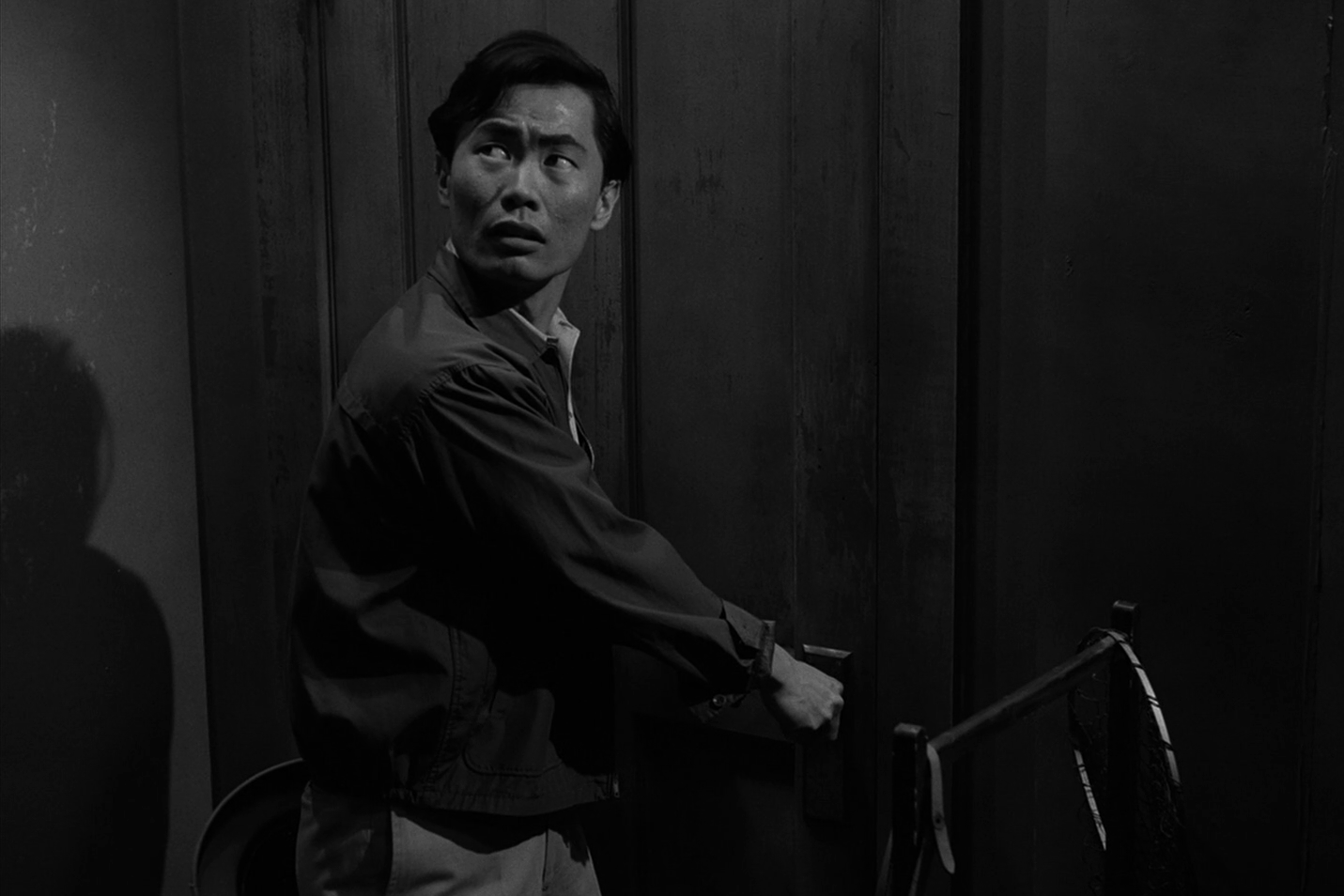
Rod Serling often addressed racism indirectly, using aliens or otherworldly creatures as stand-ins for human prejudice. “The Encounter” dropped all subtlety. It tackled racism directly, and audiences weren’t ready. The show’s usual symbolic touch was replaced with sharp dialogue and real anger. What might have been a conversation about understanding instead became an argument. Viewers didn’t see moral clarity, only tension. In a decade where segregation was still being challenged, the honesty of the story frightened networks. They preferred messages disguised as fantasy, not ones that held a mirror up to real society.
16. A Lost Episode for Decades

For more than 25 years, “The Encounter” disappeared completely. Fans could watch every other Twilight Zone story but not this one. The absence turned it into a mystery. When it finally resurfaced in the 1990s, audiences saw it differently. It wasn’t just a forgotten show; it was a time capsule of America’s discomfort with race and trauma. The long silence made it famous again. People realized that its banning said as much about the era as the story itself. Sometimes, what we hide reveals more truth than what we proudly keep visible.
17. A Lesson in Legacy

Today, “The Encounter” stands as more than a banned episode. It’s a reminder of how art and fear often collide. The story isn’t celebrated for perfection but for what it represents: a nation wrestling with its conscience. George Takei once said it reflected “a wound that still hadn’t healed.” That honesty makes it unforgettable. The Twilight Zone was never just about aliens or time travel. It was about humanity itself. And in this case, the scariest part wasn’t fiction. It was realizing that the monsters were never imaginary. They were memories we hadn’t faced.
This story Out of 156 Twilight Zone Episodes, only 1 Was Banned, Here Are 17 Reasons Why was first published on Daily FETCH


